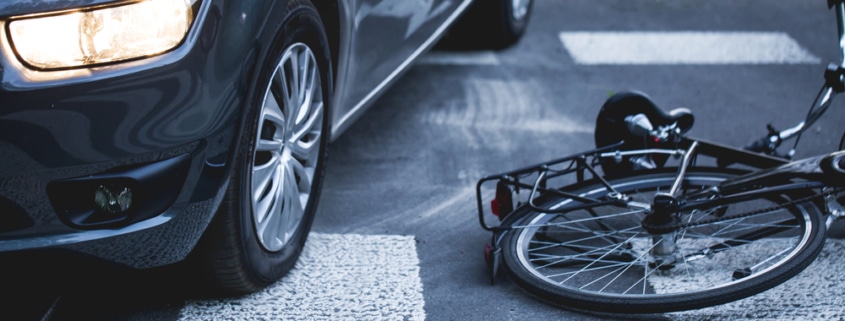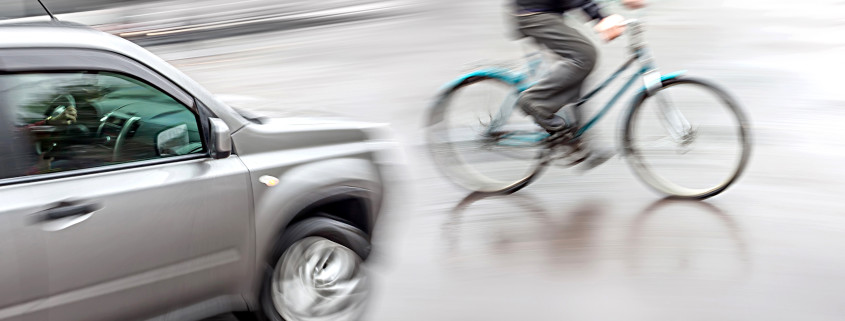What to Do After a Bicycle Accident
No matter how carefully you ride your bike, a bicycle accident may inevitably happen. There are more bicyclists on the roads than ever before, and that means there is more potential for bicycle accidents. Since 2000, the number of people riding their bikes to work increased by 60%.
Many cities have taken action to increase safety for bicyclists, including developing designated bike lanes and providing public safety information. Many other cities have not taken these steps, however, and bicycle-related accidents continue to be a problem.
Cycling in the Old Pueblo
Last year Bicycling magazine compiled a list of the “Best Bike Cities in America;” Tucson ranked 24th out of 50 cities. The editors cited Tucson’s extensive network of off-street bike paths and Tucson’s Bicycle Boulevard Master Plan, which aims to develop 193 miles of bicycle boulevards in the city, as positives. They noted that Tucson’s high fatality rate for bicyclists (six deaths per 10,000 riders) prevented them from ranking the Old Pueblo higher.
In spite of Tucson’s commitment to making the streets safer for cyclists, Tucson has nearly the highest rate of accidents involving bicycles in the US. In 2017 Forbes magazine dubbed Tucson the second most dangerous city for riding a bicycle.
Both drivers and bicyclists should be aware of some of the most frequent causes of bicycle accidents. These include distracted driving (both driver and bicyclist), failure to yield to a bicycle, dangerous road conditions, and riding at night.
Bicycle Safety
May is National Bike Month, where cyclists celebrate the many benefits of bicycling. But first and foremost, safe cycling is the priority for young and old.
To help keep riders safe, Pima County offers bicycle safety classes that include Traffic Skills 101 and a bicycle mechanics class. Riders can also learn about the Pima County Bike Buddy Program that teams experienced riders with novice cyclists. The safety classes may include free bike safety items such as lights, helmets, and locks.
The top bicycle safety tip promoted by the National Highway Traffic Safety Association is to wear a helmet. Riders and parents with young children should also ensure that helmets fit properly, because an ill-fitting helmet may offer little to no protection in the event of a fall or a collision.
NHTSA’s bicycle safety initiatives provide the following tips for safe cycling:
Tips if You Get In a Bike Accident
Even if you’re careful, you may find yourself involved in a bicycle accident. If injured, you should know what to do in the aftermath. Consumer Reports provides some tips to help you know what to do in the event of a crash.
- Move off the road and assess your injuries. The shock of the crash may mask what you feel at the scene; injuries may reveal themselves once the shock wears off.
- Either you or someone at the scene (if you are unable to do so) should get information from the driver of the vehicle, including their phone number, information about their car, license plate, and insurance information.
- It is a good idea to take a picture of the license plate and the driver’s insurance card. Also, get names and contact information from any witnesses at the scene.
- Call 911 to report the crash. If you are injured, the police should come to the scene and prepare an incident report. Ask the driver to stay at the scene until the police arrive.
- At this point you may not know the extent of your injuries and damages, so avoid accepting any offers of compensation from the driver.
- Make sure you write down the details of the crash for yourself so you can remember exactly what happened.
- Depending on your injuries you may not need to be transported by ambulance, but it is important to get yourself checked as soon as possible. Even if you don’t feel injured at the moment, it is always a good idea to get medical attention.
- Likewise, get your bike inspected to make sure there isn’t any hidden damage that could crop up later.
- Talk to an attorney before making any statement to the insurance company, especially if you’re injured.
- Finally, read more tips to keep safe when riding a bicycle.
If you have been injured in a bicycle accident, consult the experienced bicycle injury attorneys at Hollingsworth Kelly.





